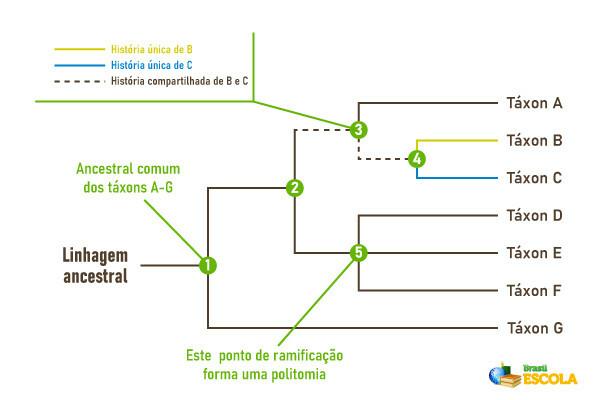We human beings have always made major changes to the environment to ensure maximum use of the resources that the environment offers. Furthermore, we modify the environment as a way to improve our quality of life, building houses and roads, for example. However, sometimes the negative impacts that our advancement causes are irreversible.
Throughout our history, several serious accidents have negatively impacted the environment. Several of these accidents caused the death of several people and other living beings, in addition to affecting the air, aquatic environments and the soil. Below we will list some of the most remarkable environmental accidents in the history of the planet.
→ Pollution in Minemata (1954)
In 1954, in Minemata, Japan, animals began to have seizures and altered behavior. Two years later, in 1956, the problem was observed in human beings, who, in addition to seizures, presented uncontrolled of their normal motor activities, a disease that became known as Minemata's Disease and that causes the death of several people. After several studies, it was discovered that the cause of the problem was the contamination of the ocean by
Mercury and other heavy metals, which led to the contamination of fish, which were the main source of food for the population.→ Explosion in Seveso (1976)
On July 10, 1976, in Seveso, northern Italy, a chemical plant overheated a reactor. This caused the release into the atmosphere of dioxin, a dangerous chemical that is more toxic than potassium cyanide. Initially there was no information about the seriousness of the problem, however, animals began to die and people were hospitalized. Just nine days after the accident, the substance causing the problem was revealed. In addition to dead people, the soil was contaminated (1800 hectares of land) and had to be removed and sealed.
On December 2, 1984, a plant specializing in pesticides in Bophal, India, was responsible for releasing 40 tons of lethal gases, including methyl isocyanate, into the atmosphere. Soon after the accident, thousands of people died, however, the deaths did not stop there, as the consequences of the contamination appeared over the months. Several people experienced blindness and organ failure, and children were born with congenital problems. An estimated 15,000 deaths occurred as a result of the problem and around 500,000 people were affected. In addition, several dead animals were scattered around the site, and the soil and water were contaminated with heavy metals and carcinogenic chlorine derivatives.
Do not stop now... There's more after the advertising ;)
The accident in Chernobyl, Ukraine, occurred on April 26, 1986 when a nuclear power reactor exploded, releasing a large amount of radioactive material into the environment and causing a fire that lasted ten days. This accident also caused radioactive fallout that could be verified in England, Europe West, Scandinavia, the Soviet Union and even the eastern United States, causing the death of many people. The Soviet government admitted 15,000 deaths, but non-governmental bodies estimate 80,000 deaths.
→ Oil Release by Exxon Valdez (1989)
On March 24, 1989, a tanker named Exxon Valdez ran aground in Alaska and released several liters of oil in the waters of the region. It is estimated that 42,000 tons of oil were released into the sea, which caused the death of thousands of marine animals and contaminated around 2,000 kilometers of coastline.
→ Oil Spill in the Gulf of Mexico (2010)
On April 20, 2010, there was an explosion on the platform of the British PetroleumDeepwater Horizon, in the Gulf of Mexico. The accident killed seven workers and triggered the release of approximately five million barrels of oil into the ocean. A week after the accident, the death of six dolphins and 40 sea turtles was reported, as well as several species of fish. The oil spread over about 1500 km and, to this day, chemical compounds from petroleum are found in the region.
The tragedy in Mariana, Brazil, is the biggest accident in history with tailings in volume of dumped material. The accident occurred as a result of the collapse of a mining tailings dam belonging to the Samarco company, which released 62 million cubic meters of mud. The accident led to several people's deaths, in addition to polluting rivers and killing different species of animals and plants.
*Image credit: Liukov and Shutterstock
By Ma. Vanessa dos Santos

